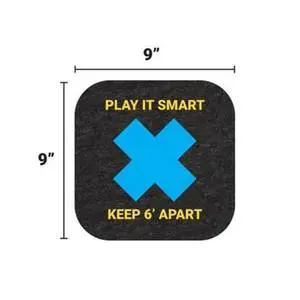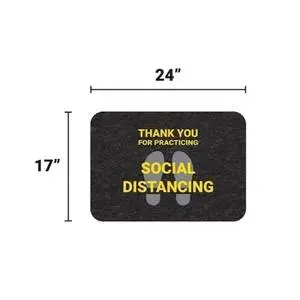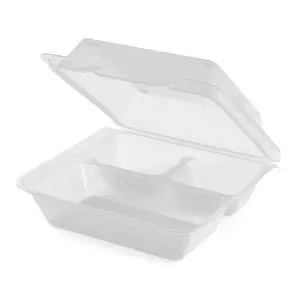Tips to transition to curbside pickup in response to COVID-19
With many states still enforcing the lockdown on dine-in service, many restaurant owners and operators are looking for alternative sources of revenue. While many restaurants have been offering delivery or curbside pickup options for years, other family-owned or smaller restaurants have been hesitant to adopt this trend. Some concerns behind offering curbside pickup include the additional costs associated with packaging orders and the need for employees to incorporate new procedures. However, in the long run, it is a great strategy that can be continued post-pandemic.
An alternative way to provide service to your customers while bringing in extra revenue is to list your business on UberEats, DoorDash, or other food delivery service apps. However, these services take a percentage of each order, which cuts into your profits. Offering curbside pickup on your website will give your customers the option to order your food while avoiding delivery fees.
If you are considering starting curbside service, follow these best practices for curbside success.
Set up a curbside staging area
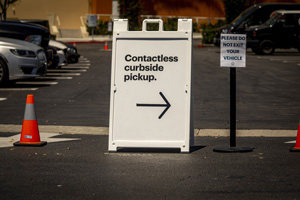
Restaurant owners and operators should think about how they distance their workers, both in the kitchen and when it comes to handing off food to guests for pickup. For many, this means closing off most of the interior of the restaurant completely to guests, and instead, bringing food out to cars for curbside pickup.
First, display a door or sidewalk sign with the services available (e.g., take-out, curbside), instructions for pickup, and hours of operation. Reserve a few parking spaces near your front door for curbside pickup only. If you cannot use the area near your front door, the parking spaces for curbside pickup should be near a window or have a camera installed so you can monitor when customers arrive. If possible, collect your customer’s vehicle information when they place the order and attach that information to their order.
Practice sensible social distancing by maintaining six feet between your staff and customers. Mark distances with floor tape in pickup lines and encourage customers to pay ahead of time by phone or online.
When the customer arrives, avoid direct hand-off. Use trays, drink carriers and baskets to transfer food and beverages.
Make it efficient
Curbside pickup should be as fast as possible, so customers can go home and enjoy their meals. In order to avoid having your staff run back and forth, double check curbside pickup orders before they leave the kitchen. Staff working the curbside station should always approach the car with the correct order, so the transaction can be completed in a single trip.
Invest in quality to-go packaging
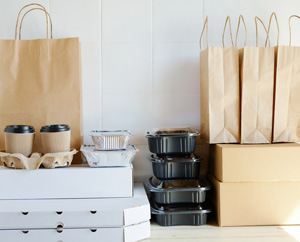
Takeout packaging must maintain the quality of your restaurant’s food. You give up control over the order as soon as it is handed to the customer, so make sure items are packed properly. It is worth spending a little extra on quality carryout containers to make sure hot foods stay hot, cold foods stay cold, and liquids stay in containers. To-go boxes and containers should be sturdy to prevent leaking during transport. You should also consider investing in containers that allow for easy reheating.
Menu options
Although it may be tempting to transfer your entire menu, it is not always the best option. Planning a separate menu will ensure that you do not overwhelm your kitchen staff while providing the best quality food. Stick to your top dishes, it will allow for kitchen staff reductions and for less inventory.
Consider how each menu item will keep during transport. One menu item may be delicious and appetizing when piping-hot, but could become soggy during transport. Think about whether there is a way to package it in a deconstructed form so that it will still be delicious when served, or if you should leave it off your new menu entirely.
Additionally, consider serving family style dishes. Combine mains and sides into meals that will serve 2,4,6 and 8 people.
Get the word out!
Once you have set up the curbside pickup service, it is important to let your customers know that they can now take advantage of it. First, add a sign outside your restaurant or on your windows. Customers driving by will be informed that they can still order food without the traditional sit-down experience. Also, announce your new initiative digitally. Add a banner to your website, post an announcement on your social media pages, update your Google My Business listing and include an email blast in your marketing campaign strategy.



